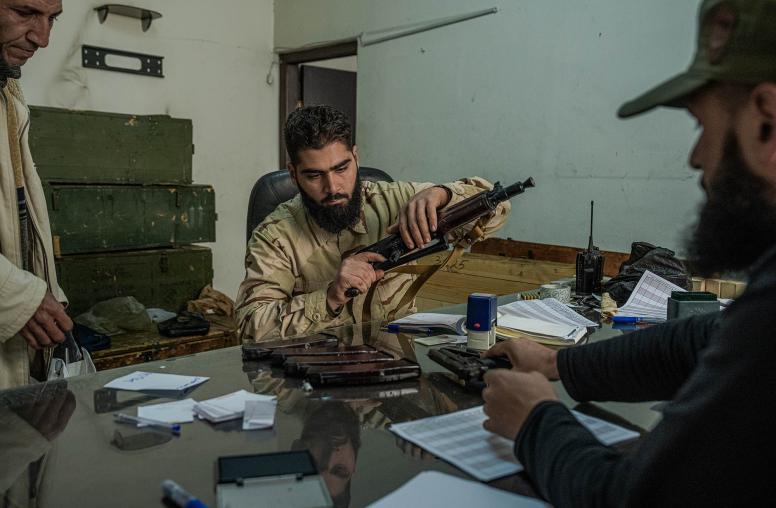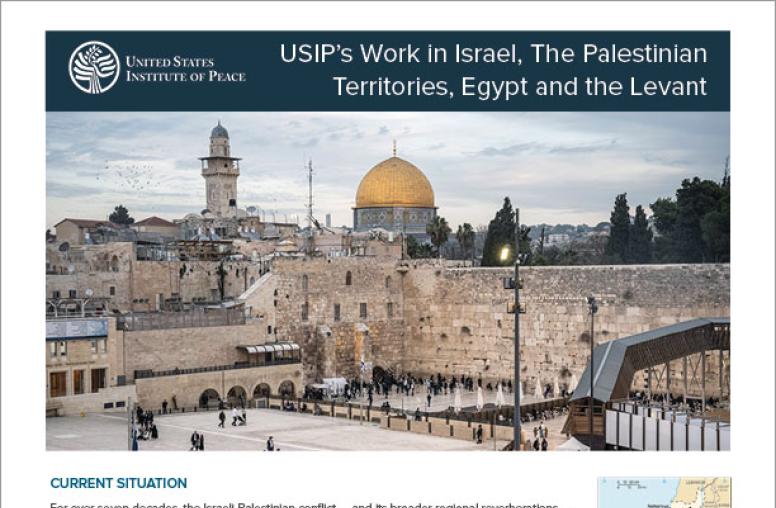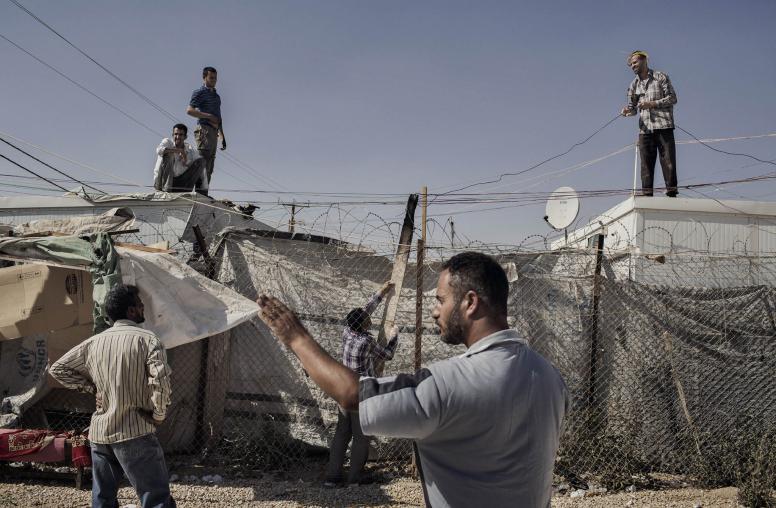The al-Hol camp in Syria has become a symbol of the Islamic State’s enduring impact in the region. While most of the 53,000 people still living in the camp — half of which are children under the age of 11 — did not choose to live under ISIS, their reintegration into society remains stalled, in part over their perceived affiliation with the extremist group. USIP’s Sarhang Hamasaeed discusses why the stigma around those living in al-Hol only serves to increase their isolation and vulnerability to malign influence, as well as how the Institute is working with Iraqi government and community leaders to overcome the practical challenges associated with reintroducing displaced people into society.


